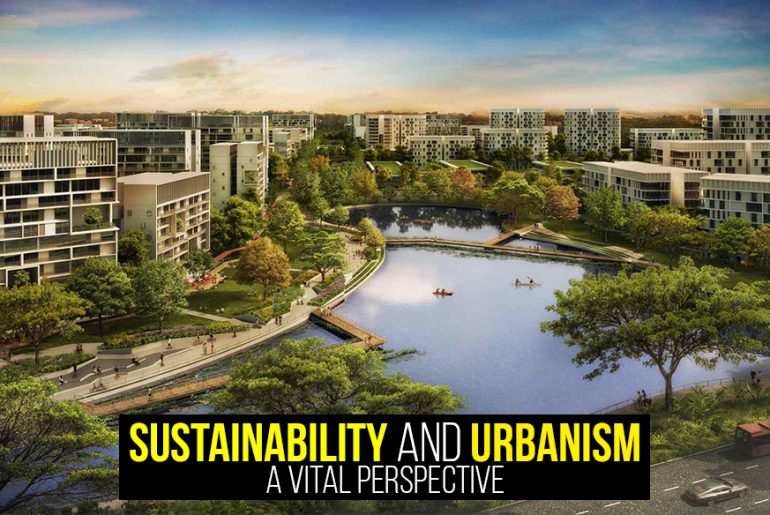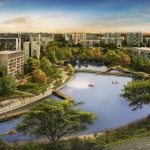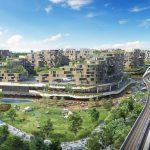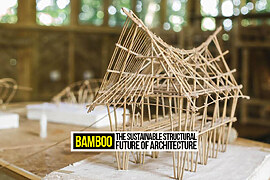The most talked about topic all across the world hyped by environmentalists and taken up as a challenge by architects is sustainability. What is sustainability? How does it relate to modern-day problems? It is an urgent question to be addressed, alas, it is neglected in all fields either because of the expense or lack of awareness. On the contrary, sustainability and urbanism go hand in hand.
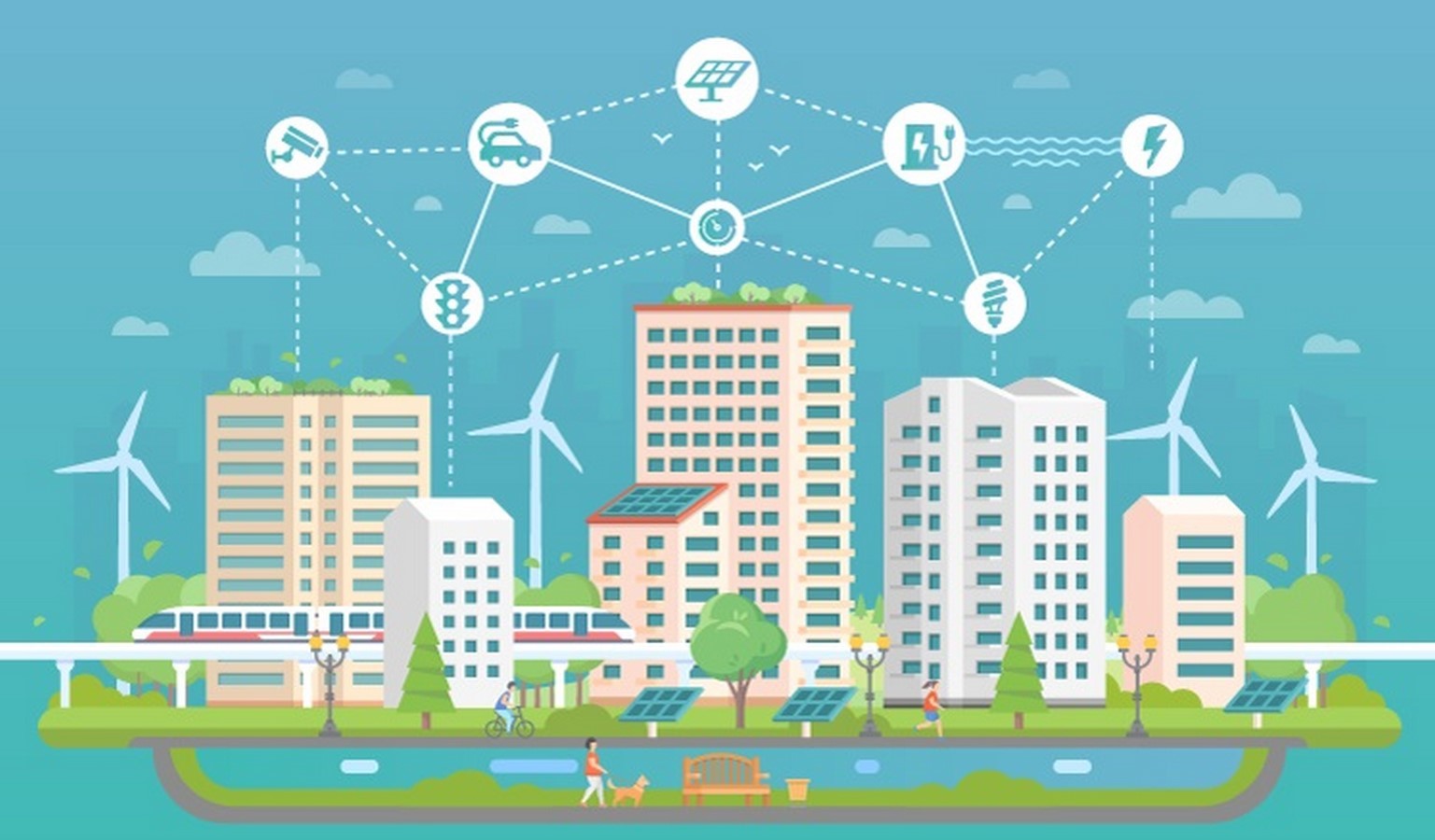
Urban Sustainability: Need of the Future
Urban sustainability is the need for the future! Urban design does not just imply building designed cities. It is the design of environments corresponding to the public necessities and ecological emergencies. Looking back in time, sustainability has not always been the focus of urbanism. Architects and planners, decades ago, did not design for future needs; the sparse lands and green fields were utilized for the luxuries in time. But the 21st century requires a lot more than just designing areas for human needs. Uncertain urban developments, climate crises, and increased global population has led to the emergence of sustainable urbanism. Evolving through time, this concept is now a vital design issue and designers are coming up with marvelous solutions.
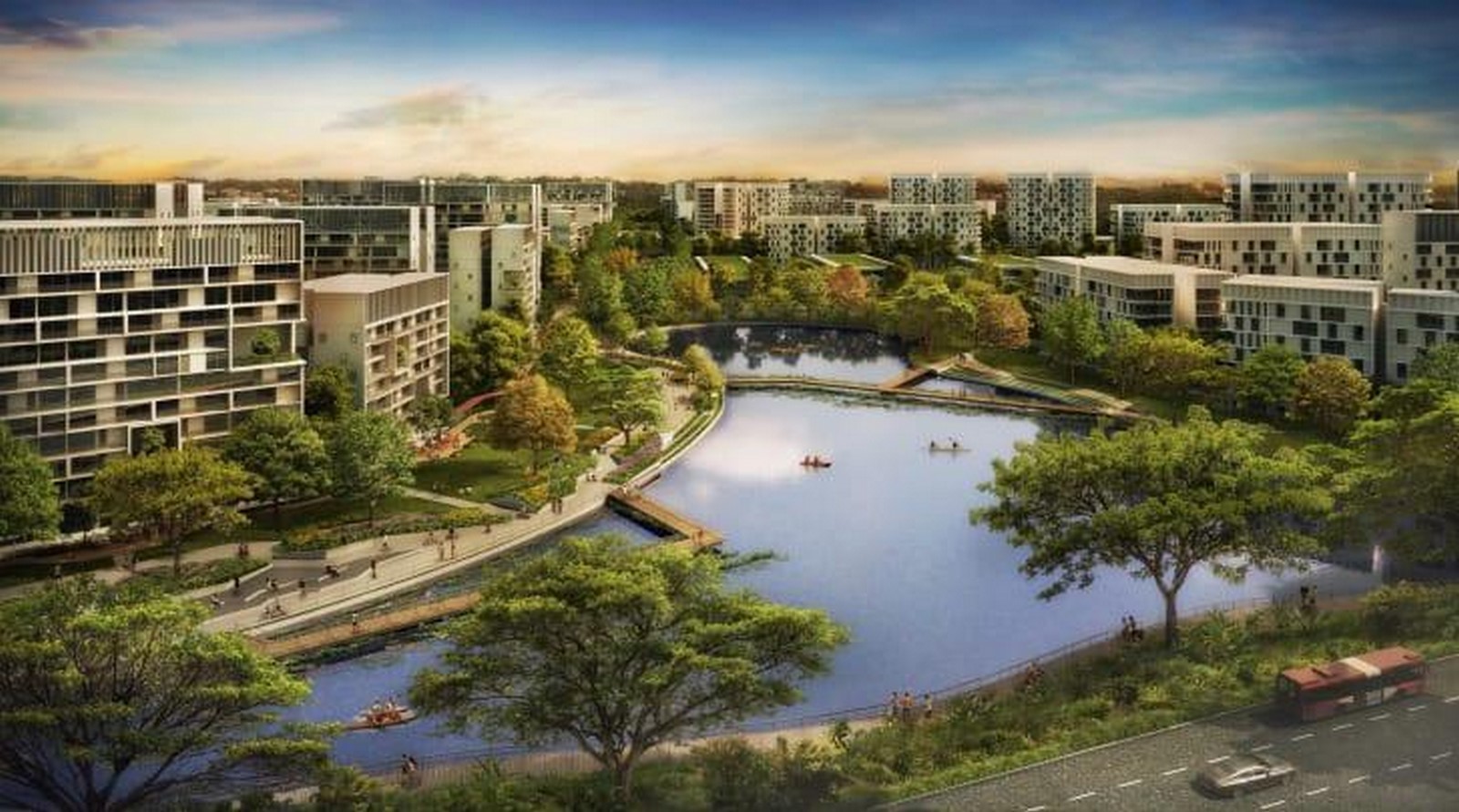
There are strategies and policies made to increase the environmental resilience of urban settings. Yet cities present a sustainability conundrum. They are the most efficient alternative to cater to a large population, but they are inefficient to handle modern problems. As the urbanists say, bustling cities should be sustainably pliant. Currently, cities cover only 2% of the Earth’s area, yet they use up 75% of its resources. This model doesn’t work with the alarming need for sustainable cities. The urban overseers face problems in developing cities due to overpopulation, increased resource consumption, etc. Yet some cities have won accolades for their strategic sustainable urban development.
One such example is Singapore, with foresight planning and optimal use of its resources, it has proved that cities can become smart and more sustainable with planning and management.
Singapore: Leading Edge of Built Sustainability
Singapore is the best performing city in Asia in terms of sustainability criteria, according to Siemens’ Green City Index. Scholars say, ‘Necessity is the mother of invention’; the saying holds in the case of Singapore. It is a small island with limited resources, and the urbanists understood that they had no choice but to go green and live sustainably if they wanted to survive for long. Their efforts and time have made Singapore, the leading edge of built sustainability.
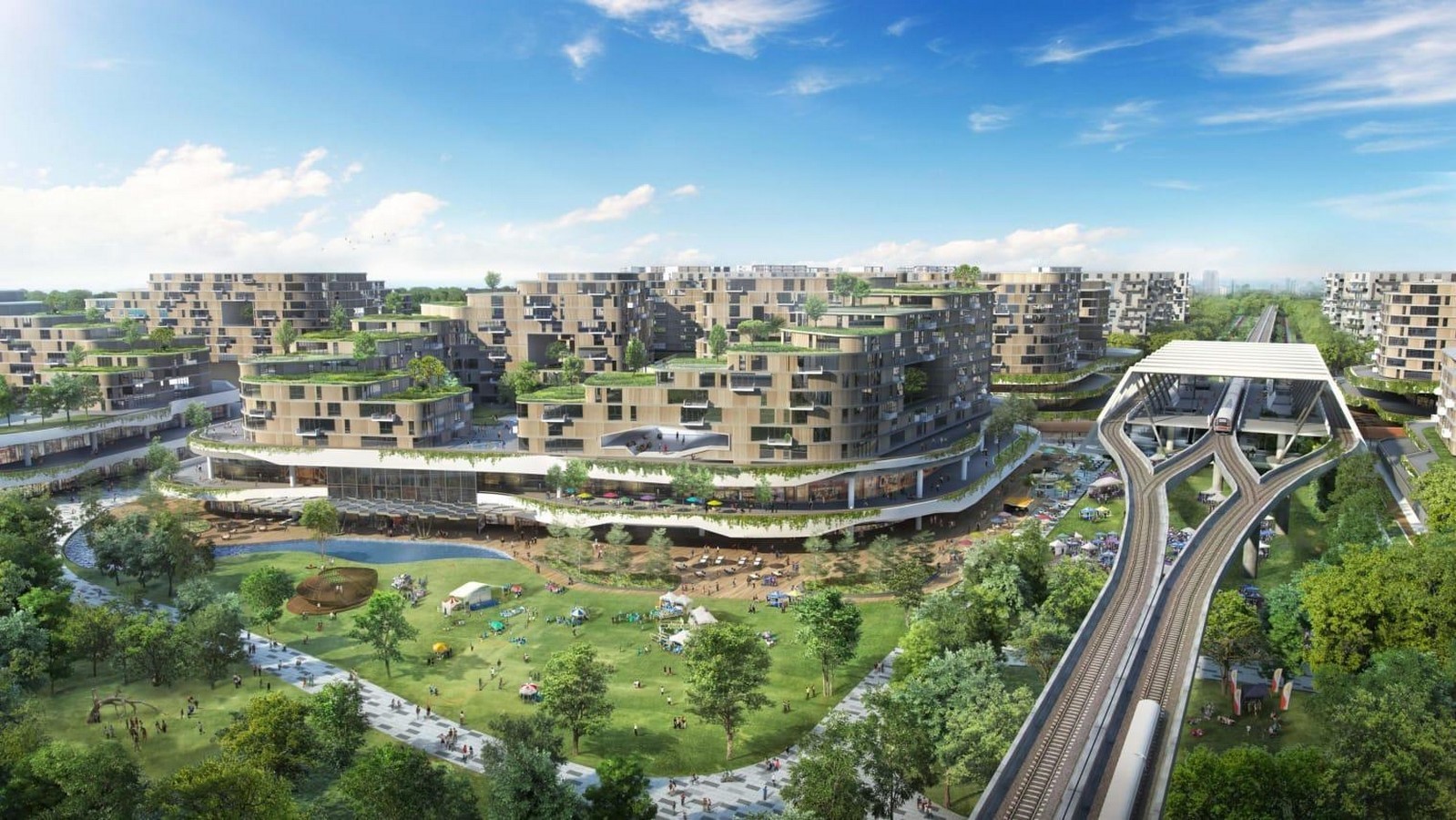
The city has many lessons to offer to the rising urban centers. Its development has been prospicient and strategic, for example, its water treatment solution. For decades, its water resources were under different bodies which made it difficult to formulate a long-term strategy. To cater to the rising population and increase in water demand and finite water resources, the policymakers formed a National Water Agency to handle all water-related affairs. This step resulted in better water management and consumption. Today, two-thirds of Singapore’s land is a water catchment area with 17 reservoirs for the storage of water. The waste-water treatment policy treating water to make it good enough to drink caters to 30% of the water needs. The future is foreseen by Singapore and water management has been planned to serve future generations.
Furthermore, the air quality index is also the point of focus for Singaporean developers. New policies, surveys, and norms are being created to achieve the target of reducing CO2 emissions by 2030. Sustainable development is a wholesome agenda which needs all agencies and procedures to work together to bring about a change. Singapore has understood the model and is developing all corners of the polygon for sustainable living. Along with water and air quality, the focus has also been there in the transport and waste management sectors. To transport about 5 million people on a small island with space constraints is a challenge and the Singapore government has taken it up quite well.
All the measures taken up to improve and advance the different layers of the urban setting have made Singapore a smarter city.
Elements of a Developed City
There are three factors that make a city livable, namely, competitive economics, quality of life, and environmental sustainability. Singapore has researched and comprehended these three factors to make it a livable city.
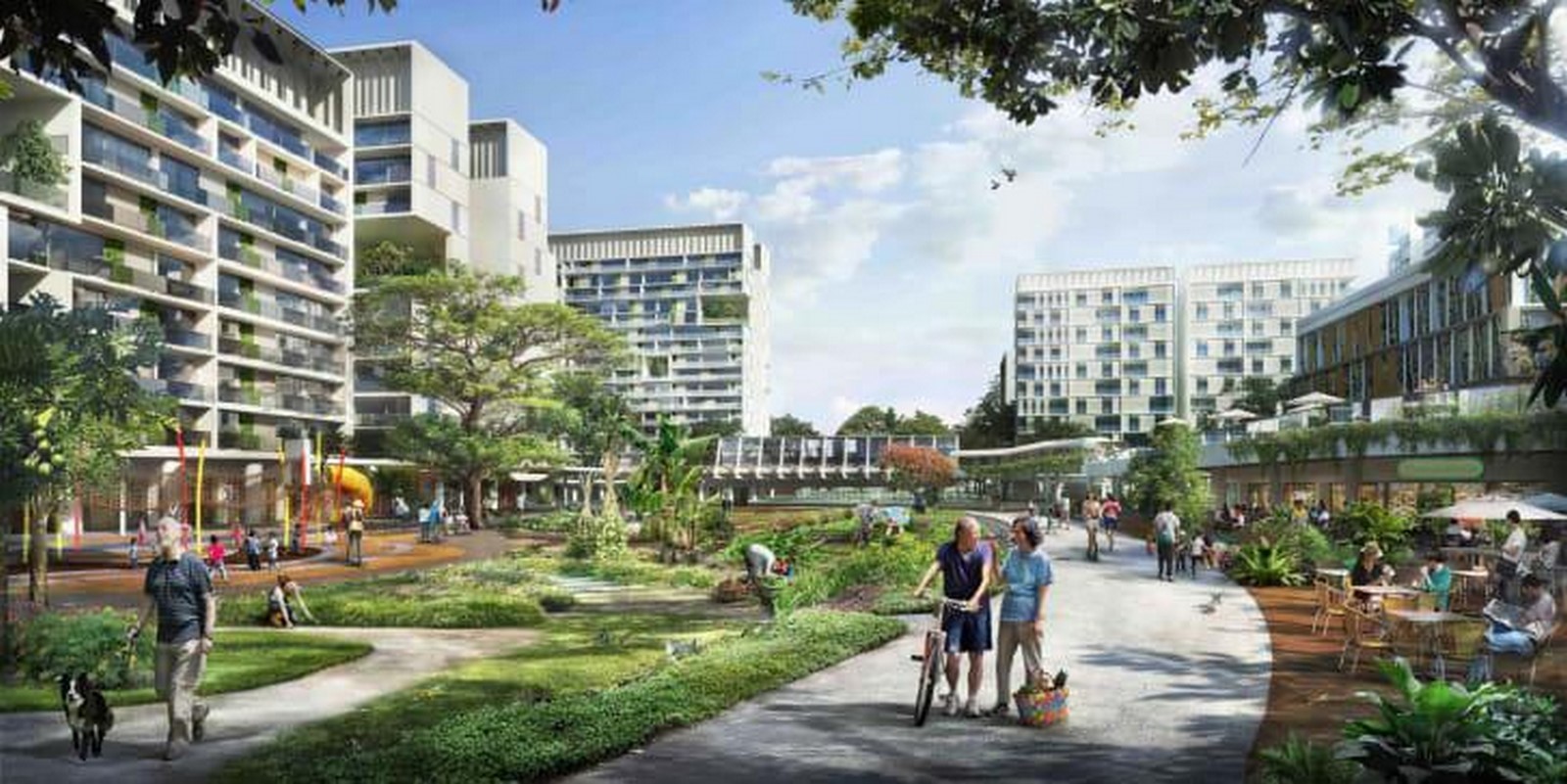
Singapore is an example out of the many cities that are transforming to make the earth a better place to live. As the population is multiplying each day, different needs are coming up to envisage a third way for the concept of design and architecture. To concoct a green and liveable future, we have to correct our measures in the present. There has to be a shift in paradigms, cities have to turn to smarter measures and policies to endure the future needs.
The pandemic has taught us that the future is unpredictable, but how we prepare for it is up to us! Do we want our cities to be concrete jungles, or do we wish to save the natural green forests? Opinionatedly, the future we envision should be sustainable, indigenous, livable, and inclusive.
References:
- Roggema, R. (2016). The future of sustainable urbanism: a redefinition. City, Territory and Architecture, 3(1).
- Webb, F. (2012). Sustainable cities: innovative urban planning in Singapore. [online] the Guardian. Available at: www.theguardian.com/sustainable-business/sustainable-cities-innovative-urban-planning-singapore


